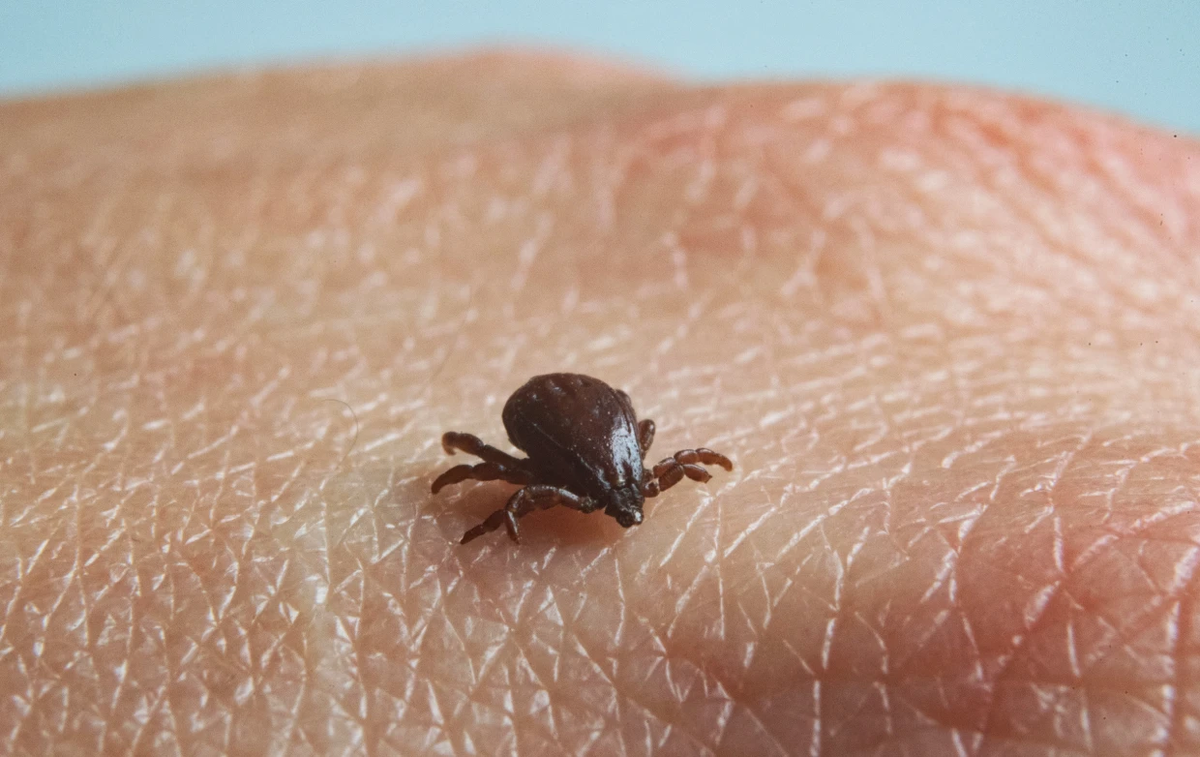Rocky Mountain spotted fever: What are the symptoms to watch for?

Three people have been reported to have died after developing Rocky Mountain spotted fever (RMSF) after travelling to, from and in the city of Tecate in Mexico.
The recent cases of the disease have been found in urban areas of several northern Mexico states, such as Baja California, Sonora, Chihuahua, Coahulia and Nuevo Leon, but has also had a history of cases in the US, the US Embassy and Consulates in Mexico said on Friday.
But what is RMSF, and what are the common symptoms to look out for?
What is RMSF?
Rocky Mountain spotted fever is one of the deadliest tickborne diseases in the Americas, according to the CDC.
The disease is spread through the bite of an infected tick. It can be transmitted through several species of ticks in the US, including the American dog tick, the Rocky Mountain wood tick and the brown dog tick.
It can occur throughout the US, but cases are most commonly found in North Carolina, Tennessee, Missouri, Arkansas and Oklahoma.
Symptoms
It is very important to identify signs and symptoms as early as possible, as that could be the difference between the illness becoming severe or fatal.
The CDC says the disease progresses rapidly.
Symptoms can include: fever, headache, rash, nausea, vomiting, stomach pain, muscle pain and lack of appetite.
Developing a rash is a common sign that someone could be sick with RMSF and will usually occur within two to four days after the fever begins.
Almost all patients who are ill with RMSF will develop a rash, but it often does not appear early during the illness, which can make RMSF difficult to diagnose, the CDC said.
If someone recovers from a serious case of RMSF, they may be left with some long-term health issues, such as hearing loss, paralysis or mental disability. It can also lead for the need for amputation of arms, legs, fingers or toes.
Treatment
The CDC recommends that you should see a healthcare provider if you develop any of the signs or symptoms of RMSF.
You should tell your healthcare provider if you have recently been bitten by a tick or spent time in an area where ticks may be found.
Early treatment with the antibiotic doxycycline can prevent the disease from developing into a severe or fatal illness.
You may be told to do a blood test to confirm RMSF, but antibiotics should be started straight away, even if you have not received test results.
Half the people who die from the disease will die within eight days of onset. The fatality rate in Mexico can exceed 30% if RMSF is left untreated, the embassy said.
Children younger than 10 years old are five times more likely to die from RMSF than adults.
Prevention
There is no vaccination available to prevent RMSF, so you must take extra precautions before you enter a tick-prone area.
Ticks like to live in grassy, brushy or wooded areas, or even on animals, so if you are spending time outside, the CDC recommends you to treat your clothes.
Treat your clothes and shoes with products containing 0.5 per cent permethrin and use EPA-registered insect repellents.
If you are planning on going to a tick-prone area, you should avoid wooded and brushy areas with high grass and leaf litter and walk in the centre of trails.
When you are ready to come back home, the CDC recommends you check your clothing for ticks and put your clothes in the tumble dryer on a high heat for 10 minutes to kill any ticks.
Examine your gear and pets for any ticks and shower within two hours of returning back indoors. You should also check your body for ticks, including under the arms, in and around the ears and hair, inside the belly button, back of the knees, between the legs and around the waist.
If you are travelling in the urban areas where cases have recently happened, still take similar measures with your clothes and examinations.

